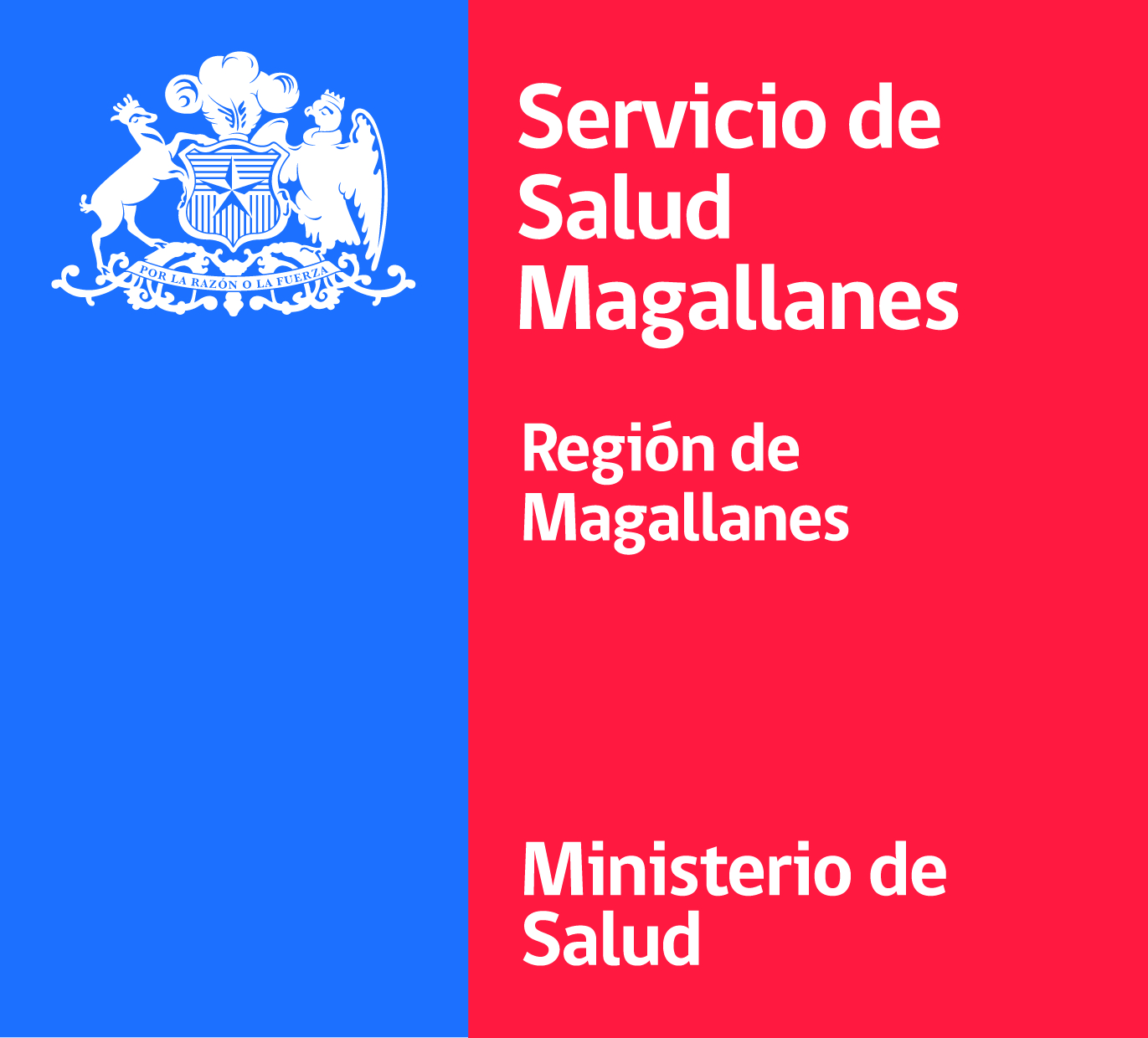Who Is Legally Permitted to Form a Childcare Bubble
«I help with my grandchildren two days a week. Hand washing during the day is important, as is the bottle of sanitizer when we [the younger ones] go out. I try to keep a window in the living room open for air circulation. Toys are sprayed with sanitizer after use and I use fabric sanitizer spray on throws and pillows after the grandchildren leave. After use, the toilet area also receives a quick spray every time. If someone in your support bubble that you don`t live with develops symptoms or tests positive for coronavirus, you should follow the NHS Test and Trace instructions. If NHS Test and Trace tells you you are a contact of someone who has tested positive, you should follow their instructions and self-isolate. Die Isolationsanordnung vom 3. April 2020 essentially required that «all persons in all districts of New Zealand be isolated or quarantined» and in particular «remain in their current place of residence, except to the extent permitted for significant personal movements; and. to maintain physical distancing. [section 70 § 1 (f) of the Health Act 1956].
One of the categories of authorization for «substantial personal movements» was «joint bubble agreements.» This seems to be the first appearance of the bubble concept itself. In this category, and if there was a «joint bladder agreement», a child could visit and stay with «another common care provider»; and a person could visit or stay in another dwelling if «[a] person lives alone in [one] or both of these residences; or all persons in one of these dwellings are in need of protection.» It was also possible for a person to leave their residence to «help a roommate get to or from one of these residences.» Support bubbles are different from childcare bubbles. If you share custody of a child with someone you don`t live with, the child can move freely between the households of both parents. You don`t need to form a support bubble or a childcare bubble to do this. The funeral can be attended by a maximum of 30 people. Associated religious, ideological or commemorative events such as setting stones and scattering ashes can also be continued with up to 6 people. Those who work are not counted within these limits. Social distancing should be maintained between people who do not live together or who do not share a bubble of support. The first part traces the introduction of the concept of the support bubble in New Zealand, where bubbles were included from the beginning as part of the containment plan. The second part describes the spread of the concept in the United Kingdom. This is not a comparative analysis per se; policies and epidemiological situations were not directly comparable (Scientific Pandemic Insights Group on Behaviours, 2020, p.
1). However, the United Kingdom has been mainly influenced by the New Zealand bubble strategy (Han et al., 2020, p. 1527; HM Government, 2020a), and the article examines how England, Scotland, Wales and Northern Ireland have each built a version of the concept as part of their exit strategies from lockdown. The third part examines how, in New Zealand and the United Kingdom, the concept of the support bubble has become a new socio-legal construct to navigate. It explores how the concept has encapsulated and specified certain types of usability and the importance attached to them. Finally, the article reflects on the implications of the legal construction of supportive bubble relationships in the context of broader debates about the types of close relationships that are recognized and regulated by law. * Up to 30 people can attend funerals, while wakes and other memorial events with up to six people are allowed. The basic principle of bubble exclusivity was reiterated when New Zealand moved to alert level 3 on 27 April 2020 and «extended» bubbles became possible. At that time, residents were still legally required to stay in their bubble «when they were not at work or school,» but they were allowed to expand their bubble to «connect with close family members and whānau [an extended family or community of related families], bring in caregivers, or support isolated people» (Government of New Zealand, 2021a).
These «extended bladder arrangements and joint care arrangements» were approved as «substantial personal movements» under section 7 of the Health Act Ordinance 2020 (COVID-19 alert level 3). In 2020, it was found that 47.6% of respondents to a survey on New Zealanders` experiences of confinement expanded their bubble in this way (Long et al., 2020, p. 28). For example, whereas in England initially only people living alone or in a lone-parent household with children under 18 could form a support bubble, eligibility was eventually extended to households with one or more children and no adults; households where the child was «younger or younger on December 2, 2020»; households with a child who is «disabled, requiring ongoing care and under five years of age or under that age as of December 2, 2020»; and those who were the only adult in their household who did not require continuing care because of a disability (The Health Protection (Coronavirus, Restrictions) (Steps) (England) Regulations 2021, r(3)(2)). In Scotland, eligibility was extended to those who were «part of a couple living apart»; Children whose parents were separated could «move freely between the households of both parents» without having to form an extended household (Scottish Government, 2021a). Additional exemptions for care and support have been created; For example, even with most restrictions, it was possible to go to another person`s home «to provide care and assistance to a vulnerable person» (Scottish Government, 2021b). In Northern Ireland, it eventually became possible for two households of any size to merge and form an exclusive household bubble, including «for the care or well-being of members of the other connected household» (The Health Protection (Coronavirus, Restrictions) Regulations (Northern Ireland) 2021, r19(2)), but this followed periods when mixing between households was restricted and bubbles were only allowed for individuals. Households or persons with family responsibilities.
From the beginning, the concept of the bubble was inextricably linked to assumptions about the domestic unit to which it was linked. Households were constructed as largely limited in this context, although care and life are not so limited. As Long (2020) went on to argue about the UK`s first national lockdown: * It`s illegal to socialize with friends and family unless they`re part of your household or support bubble. The definition of «what is a support bubble» has been changed. Added information about childcare bubbles. Adding tips on how to form or maintain a supportive bladder if you are clinically extremely vulnerable. Other countries, notably the United Kingdom, have begun to consider the bubble concept as part of lockdown easing strategies (Drakeford, 2020a; Her Majesty`s Government, 2020a). The objective was to enable an increase in contacts, especially for those most in need, while limiting the associated epidemic risk (Block et al., 2020; Leng et al., 2021). Light bulbs have been touted as a way to mitigate some of the worst effects of loneliness, isolation, and separation from initial lockdowns. For example, in Belgium, which went into national lockdown on March 18, 2020, social bubbles were introduced on Mother`s Day in May 2020.
In announcing the plan, Prime Minister Sophie Wilmès said: «The physical separation from those we love has become unbearable in some cases.» (Rankin, 2020). This version of the bubble allowed households to invite up to four «guests» into their homes, although they had to stay within 1.5m of each other. If someone in your previous support bubble develops symptoms or tests positive for coronavirus up to 2 days after the last bladder limb meeting, all bladder limbs should self-isolate for 10 days. You should not form a new bubble until you have completed your self-isolation to prevent the spread of the coronavirus to others. They should not form a support bubble with a household that is part of another support bubble. Your support bubble cannot include more than 2 households. Being in a support bubble doesn`t stop you from forming a childcare bubble. Your support and childcare bubble doesn`t have to be in the same household. However, they can form a supportive bubble in addition to the childcare bubbles according to the rules. Other countries have treated gender differently. In the Netherlands, for example, following criticism of its «smart» lockdown, the National Institute of Public Health and the Environment issued guidelines allowing small gatherings as long as social distancing requirements were met.
This position excluded the possibility of physical contact for people living alone (BBC, 2020b).




